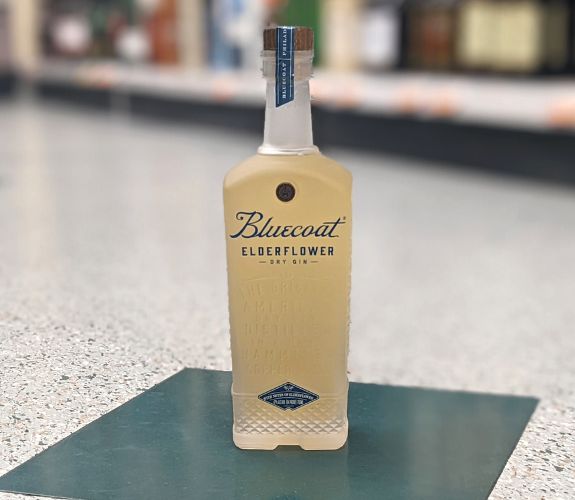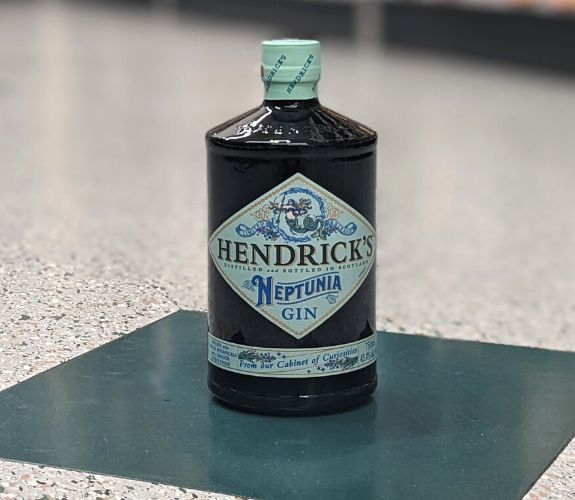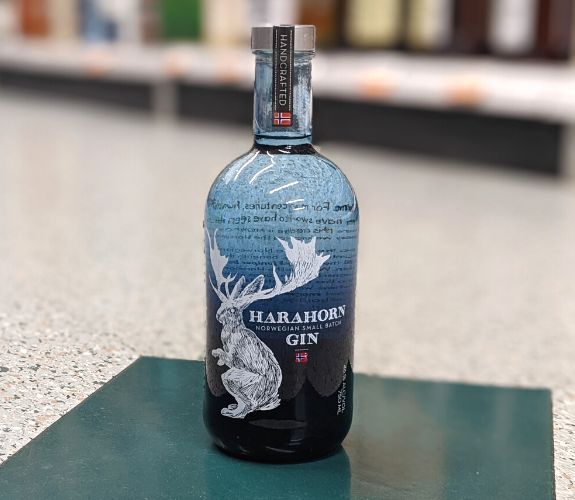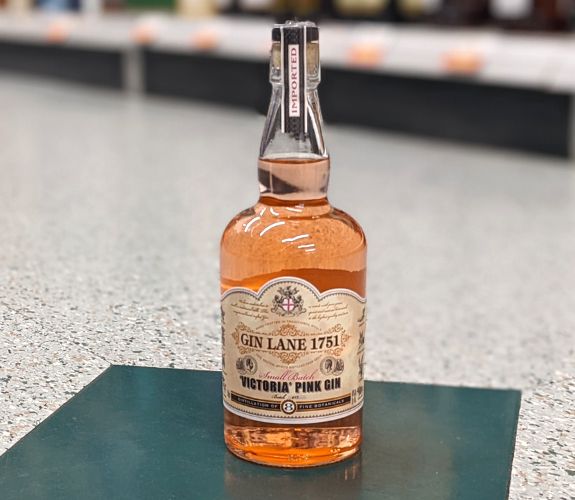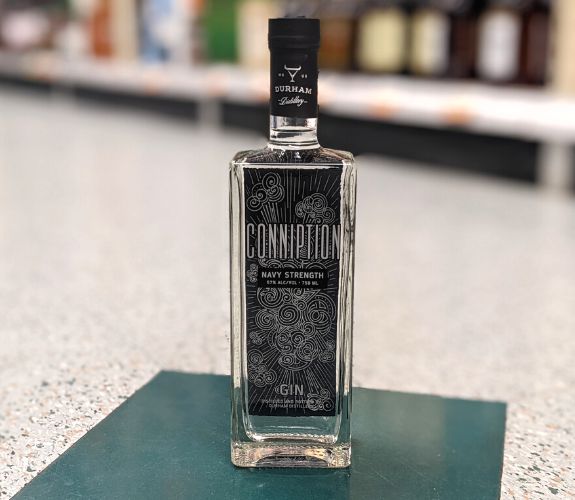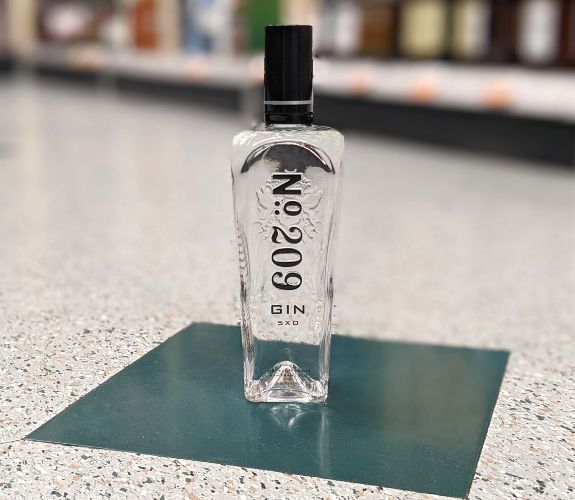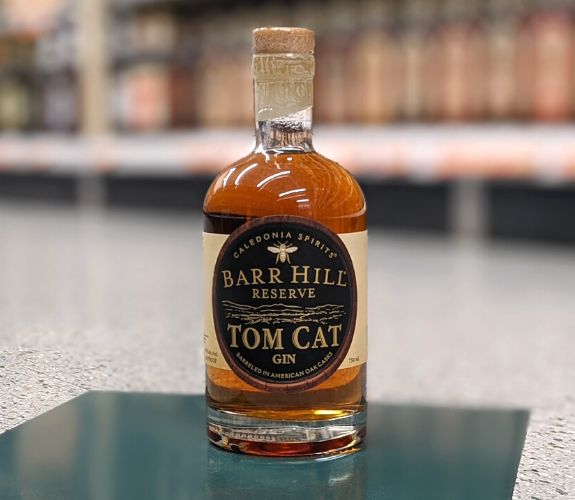Heads up: Buying via our links may result in us getting a commission. Also, we take your privacy rights seriously. Head here to learn more.
NOTE: Prices on liquor can vary, wildly, depending on location (laws, taxes, availability, etc), so prices shown are an unscientific range based on in-person observations and online retailers.
Bourbon is all the rage, but it is certainly a hearty bit of juice to sip lanugo in the heat of the summer. When the August temperatures are soaring and the liquor is pouring, consider the floral and citrus botanical bouquet of gin as a refreshing, unexceptionable and light reprieve.
The word “gin” itself is derived from the word juniper, and that should provide a track as to what the key botanical is. While most distillers will cleverly utilize native flowers, roots, and fruits to the region, scrutinizingly all gin will have a wiring of juniper in the botanical selection. Notes of citrus, pine, spruce, chicory, lavender, and salt can all be found in gin. It’s for this reason that gin has exploded in popularity over the last 5-or-so years. Regional distillers have wangle to unique native ingredients, and the final products can vary profoundly in savor profile.
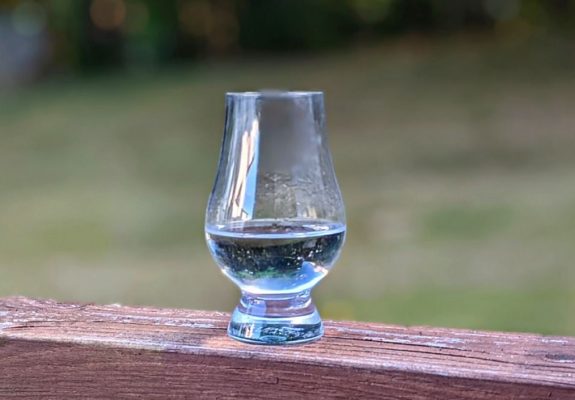
Gin! Looks a little like water. But boy howdy it’s not.
Gin is distilled primarily in two methods: pot distillation, or post distillation. For the purposes of this piece it can be simplified as immersion or vapor distillation. In the former, a parallel would be steeping tea leaves in hot water. In the latter, consider the heat rising from a flame into a wax melter. Immersion distillation flavors the juice by sitting the bag of botanicals in the distillate, substantially as a second distillation. Typically, a pot distillate has a lower abv due to the second distillation. In a post still, the swig vapors will pass through a suspended gin basket to pericope the botanical flavors. I have found it to be a increasingly soft-hued flavor, and higher swig content.
Neither method is “best.” Distilling is an art, and variegated distillers will use variegated techniques and tools to create their personal masterpiece.
And we’re off!
The Revolutionary: Bluecoat Elderflower Gin – $36
Bluecoat gin is a take on the traditional London dry from a distiller in the rookery of the American revolution, Philadelphia. With this version, Bluecoat adds elderflower to the once delightful wiring gin. This inclusion becomes the most forward zephyr and flavor. Truly, this could serve as a replacement for St. Germain in cocktails calling for that liqueur if not for the difference in viscosity. Consistent undertones of juniper, with a hint of lemon join the party, making this an spanking-new nomination for a London Philly Lemonade.
A New Take on an Old Favorite: Hendrick’s Neptunia Gin – $45
If you’ve been in a liquor store, you’ve likely seen Hendrick’s gin. Recognizable for it’s medicinal looking bottle, Hendrick’s has long been a staple in mid-shelf gin, offering unconfined zinger for the whippersnapper and a clean, fresh taste. In recent years, the distillery has been producing limited editions in the summer, and the latest is their Neptunia gin, named without the “God of the Sea.” This edition is said to leverage botanicals most often found in coastal regions of Scotland, though no official botanical information is misogynist except the inclusion of cucumber – something worldwide among Hendrick’s gins – as well as mint and elderflower.
Given the inspiration for the edition, I expected a saltier-than-average gin, but was left wanting. There is far increasingly citrus than expected, with flavors of lemon and orange, as well as….grass? Perhaps sea grass. The elderflower is EXTREMELY subtle, an appreciated throw-away from the Bluecoat above. A curious gin, but one I heartily recommend for now, as well as later in the year.
The Playful Nord: Harahorn Norwegian Gin – $40
Norway isn’t the first country that comes to mind when considering gin, but aquavit is Norway’s distillation requirement to fame, and not too far off from gin. In that context, it makes good sense that a delightful gin would come from Norway – and Harahorn is it. The gin is named without a mountain in Norway, which itself is named without what we Americans undeniability a “jackalope.” A moose-horned hare. The snifter is beautiful, and the name is unique – but how well-nigh what matters most? How’s the taste?
Using native Norwegian botanicals, the gin itself is a delightful melody of citrusy pine and semen sweetness. Harahorn uses juniper, blueberry, rhubarb, marjoram, and angelica root. It’s a unique tuft of botanicals, one that comes in a creamy, rich mouthfeel to complement the spanking-new flavor. This took second place in this summer’s sampling of gin.
The Spicy Classic: Gin Lane 1751 Victoria Pink Gin – $30
It sure does squint pretty, doesn’t it? The label screams vintage, while the pink hued juice inside looks sweet as can be. The Harahorn is a good looking bottle, but this takes the cake. I love that Thames Distillers, the team overdue the snifter and gin inside, makes well-spoken the botanicals used in the distillation: juniper (duh), angelica root, star anise, cassia bark, lemon, orange, coriander, and spiced bitters.
In doing so, there’s a nice wastefulness of pine, spice, licorice, earthiness, and citrus. I get notes of woebegone pepper and spice, with a citrus hit. Sort of like a fall cinnamon orange muffin. This would work nicely in a gin punch, or an interesting twist on a gin martini. Not a scenic gin, but a unconfined buy for the price point.
The Heavyweight Hitter: Conniption Navy Strength Gin – $45
The highest swig content of the tuft (57% ABV), this navy strength gin from Durham, North Carolina packs a wallop. Conniption gin is SPICY and has a lot of heat. Using juniper, fig, cardamom, rosemary, cassia, and caraway seeds, this navy strength gin is an intense spice flop that remains fairly well-turned despite the botanical selection. Because of the upper ABV, I’d reach for this for a full bodied, elevated gin and tonic. Throw in a lime wedge, and sip nice and slow.
The Unknown OG: No 209 Gin – $30
By far the most surprising of the bunch. The unassuming exterior visitation hides an exception gin, one that is possibly the precursor of the American gin movement. Admittedly, I had not previously heard of No 209 Distillery. Quickly doing some research, I’ve discovered the team out of San Francisco has been producing upper quality gin for 17 years, WELL surpassing the onslaught of distilleries producing new gins. Choose this snifter for a gin gimlet. With citrus-first flavors bursting upon first taste, followed by juniper and mint on the finish, this gin has a hearty, yet unexceptionable savor that satisfied plane on the hottest of August days.
The Weightier Straight Sipper: Barr Hill Tomcat Gin – $50
I certainly haven’t had every American-distilled gin widely available, but this might be the weightier of the bunch. Certainly, it’s the top pick of this litter, both foreign and domestic.
Distilled by Caledonia Spirits, the name is a throwback to an age of watery gins, wherein distillers used any number of ingredients to “sweeten” a gin to make it increasingly palatable. This was known as the “Old Tom” style, and Caledonia invokes the spirit of the style in a surprisingly American way.
After distilling the wiring spirit – which is distilled with only two botanicals, loads of juniper and raw honey- Caledonia dumps the juice into virgin American oak barrels – just as bourbon distillers wideness the country do to age those whiskies. The resulting verisimilitude is unlike anything you’re likely to find on your liquor store shelves in the gin aisle, plane among other whisk rested gins.
The nose has huge, unexceptionable notes of juniper – just as a proper gin should. On the tongue, you’ll get strong pine flavors, accompanied by oak and vanilla. The latter two certainly coming from the barrel.
If you’re inclined to sip your gin and wits the full aroma, savor and finger of the spirit – this is the snifter to buy.
BONUS St. George Terroir Gin (California, USA)- $30-$35
Terroir is derived and inspired by the dumbo forests of the Northern tier of California. Douglas fir, sage and bay laurel take part-way stage in this botanical tousle to momentum the forested flavors, and do so with a soft-hued excellence. St. Geroge separately distills the Douglas fir and sage in defended stills, and then vapor distills the other botanicals. Neat. The full list of botanicals is not listed, but coriander, bay leaves, and the foundational juniper are present. All work in concert to create a rich, earthy flavor. There is not much spice or citrus to this gin, so know that when planning your drink. This can certainly do well in a standard G&T, but this would be weightier served with berries of the bramble, such as blackberry or raspberry, for the full effect. Gin for a mountain getaway, if you have one last one planned surpassing summer vacation time expires. Bottled at an platonic 90 proof.
About the Author: Jason P. spends his days working in the creative marketing department of a big telecom company. He moreover does a bit of real manor investing on the side. He believes in curating a timeless, archetype wardrobe with subtle modern touches for today. He and his wife love hiking with their dog and shopping at local small businesses and reversion stores when they travel. Jason is a practitioner of muay thai and traditional boxing, and his favorite drink is a hoppy New England IPA

